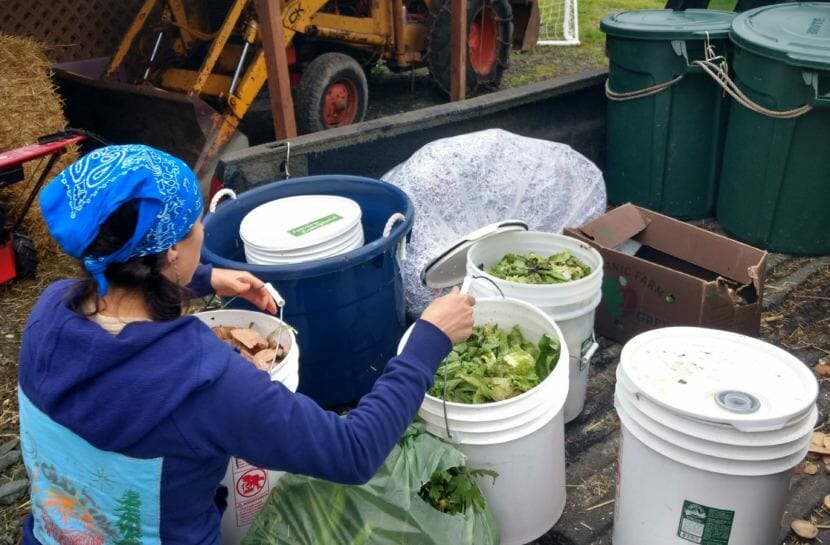
Instead of dumping food waste into garbage cans that may be emptied in a landfill with a limited life span, many gardeners reduce their waste stream by composting food scraps and garden debris. The materials decompose or break down into basic nutrients that benefit a flower or vegetable garden.
Master Gardener Ed Buyarski says the bigger you can make your compost bin or pile, the better.
“Size matters,” Buyarski said.
Food scraps and dead leaves will get hotter and break down faster in a big compost bin, especially if you chop the organic matter up into very small pieces.
Adding horse, chicken or other livestock manure will generate the worms and microorganisms that will accelerate the decomposition process.
How do you know how much of a certain material to put into your compost pile? Buyarski says most gardeners follow a green-to-brown ratio of 30 to 1.
Greens are usually green leaves and grass that may be higher in nitrogen and moisture.
Browns are typically materials that are drier and higher in carbon like sawdust, paper, and dead leaves.
Buyarski cautions against using materials that may contaminate a compost bin. They include colored paper, wood or sawdust from treated lumber, and grass clippings from a lawn that has had weed-and-feed applied to it.
Also, do not compost any diseased or infested plants or invasive weeds. Just throw those out into the garbage.
